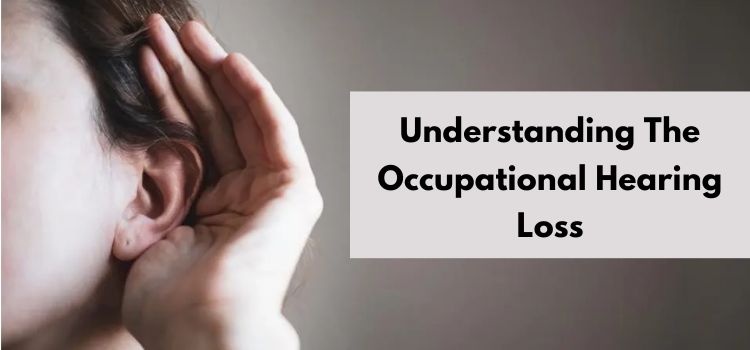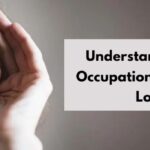Occupational hearing loss is a prevalent yet often overlooked type of injury that occurs in the workplace. As you know, the ability to hear is important to almost all aspects of life, as it affects your ability to communicate, maintain relationships, identify potential dangers, and more. Hearing loss may impede your ability to perform the duties or your job and will likely affect your overall quality of life. In this article, we will explore the causes of occupational hearing loss, what its symptoms and effects are, how to prevent it, and what to do if you have it.

Causes of Occupational Hearing Loss
According to the National Institute for Occupational Safety and Health (NIOSH), approximately 25% of all U.S. workers, across all industries, have been exposed to hazardous noises at work. Even more frightening, 53% of those who reported to have experienced noise exposure were not wearing hearing protection. When looking at what causes hearing loss in the workplace, there are three instances that are most commonly seen:
- Prolonged noise exposure: Perhaps one of the most common types of occupational hearing loss is caused by the prolonged exposure to loud noises at work. This is most common in industries with constant noise levels, such as construction, music, mining, and manufacturing. Although the noise levels may not be obnoxiously loud and overwhelming, this prolonged exposure builds up day by day and can cause significant damage.
- Traumatic hearing loss: Another type of occupational hearing loss is caused by sudden traumatic events that have immediate effects. For example, an explosion, gunshot, or direct damage to the ear caused by a workplace injury can all cause immediate hearing loss.
- Ototoxic substance exposure: Exposure to hazardous, ototoxic chemicals can also result in hearing loss and/or cause an individual to be more susceptible to future hearing loss. Some of these dangerous ototoxic substances include: styrene, lead, toluene, carbon monoxide, mercury, xylene, and more.
The Symptoms and Effects of Occupational Hearing Loss
There are a number of symptoms and long-term effects of occupational hearing loss that all employees should be aware of. Symptoms and long-term effects of workplace hearing loss include:
- Tinnitus or ringing in the ears
- Difficulty hearing, especially when there is background noise
- Having to repeatedly ask others what was said or to repeat themselves
- Others sound muffled when they are speaking
- Headaches caused by certain noises
- Difficulty hearing high-pitched sounds
- Hypersensitivity to certain decibels of sound
Preventative Measures
In order to prevent occupational hearing loss, the most important thing you can do is wear personal protective equipment (PPE) at work to protect your ears. If your occupation requires you to be exposed to loud noises, your employer is required to provide you with adequate hearing protection such as ear plugs or earmuffs. While not 100% foolproof, wearing PPE can help ensure that your chance of hearing loss is reduced.
Workers’ Compensation for Occupational Hearing Loss
If you have suffered hearing loss that is work-related, you may be able to file a workers’ compensation claim. In order to do this, a licensed medical professional, such as an audiologist, must confirm and provide documentation that you have experienced hearing loss. In addition, you must prove that your hearing loss was in fact caused by the duties of your job and not by any other extraneous factors. Establishing a causation between the two can be more challenging, which is why enlisting the help of a Los Angeles workers’ compensation attorney is crucial. A lawyer can help you gather evidence for your claim and ensure that you receive maximum compensation for your occupational hearing loss.






Leave a Reply